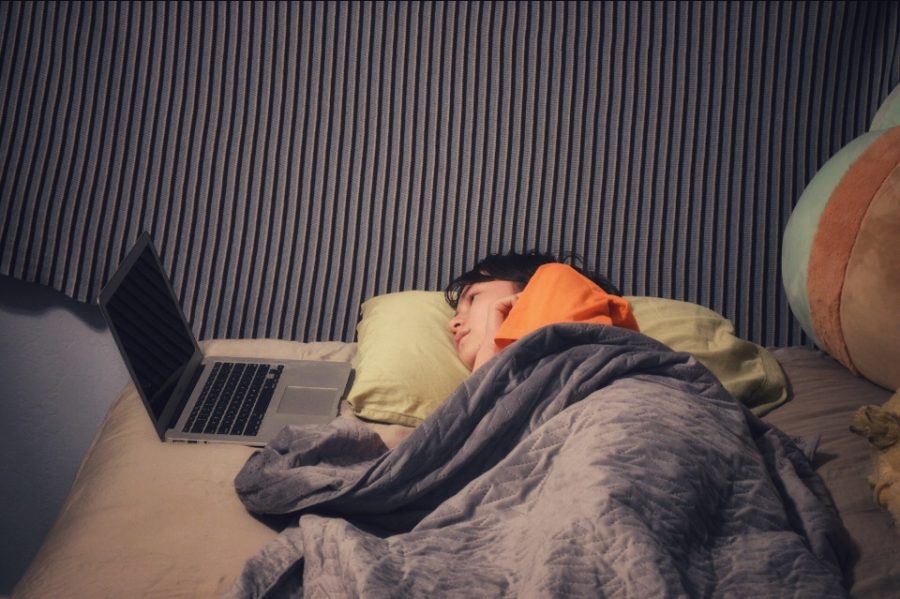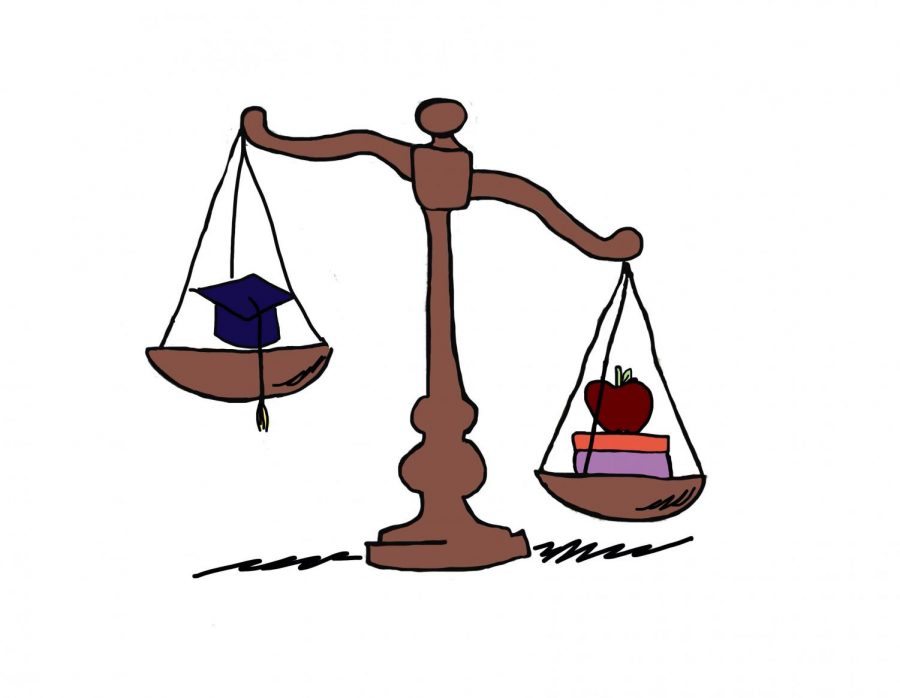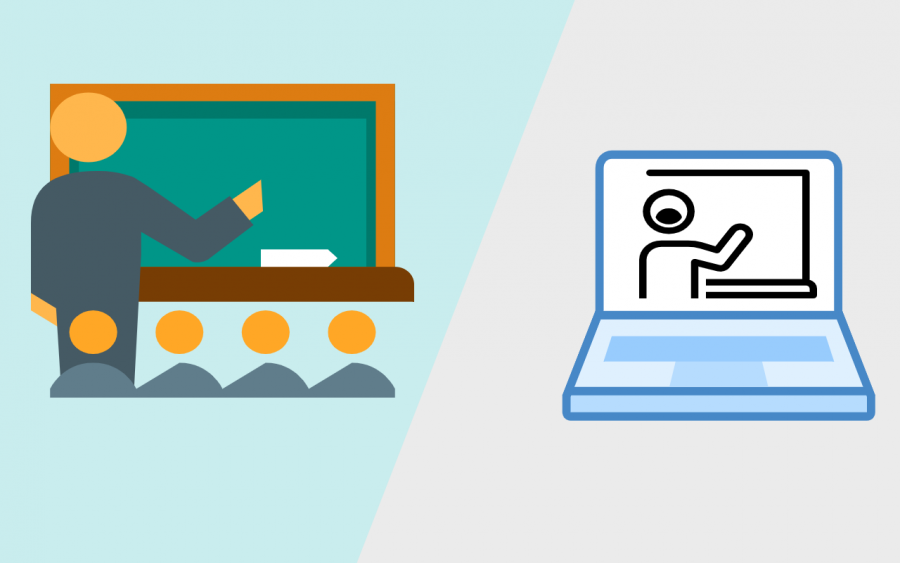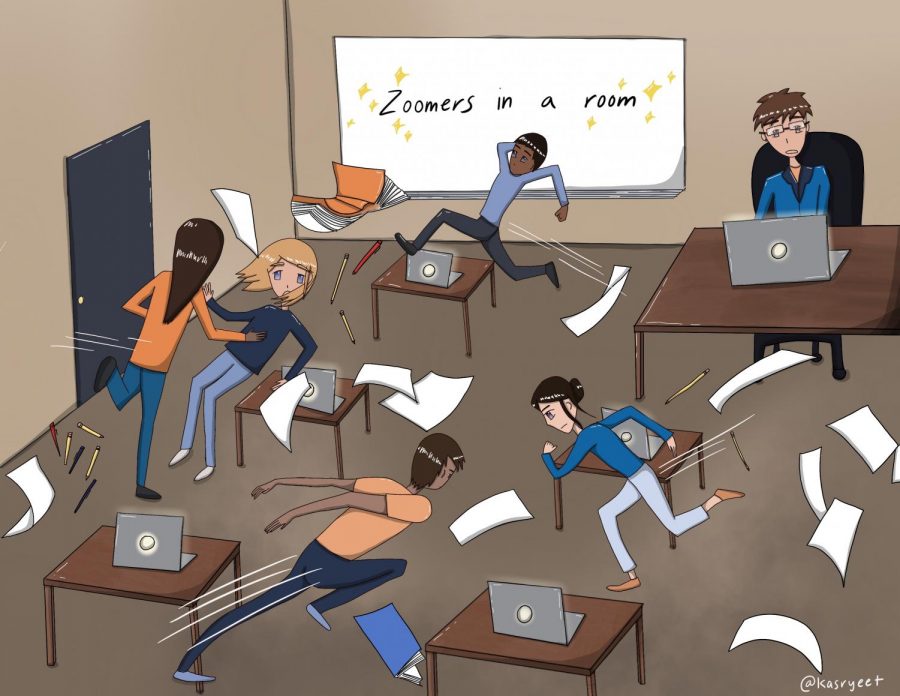The COVID-19 vaccine is more than a shot. It’s safety and peace of mind.
For medical professionals, getting vaccinated from the virus was a priority.
“My first shot was Dec. 22 at El Camino Hospital, which is one of the hospitals I work at,” said Wilson Kee, a physician’s assistant at Palo Alto Medical Foundation specializing in cardiothoracic surgery.
On Dec. 11, the Food and Drug Administration (FDA) approved the Pfizer-BioNTech vaccine for individuals over 16 years old. Politicians subsequently approved a distribution plan to prioritize medical professionals.
“My coworkers told me that they were vaccinating some of the medical providers, doctors, and physician assistants. So, the next time I was down there, I went to the area that they were doing vaccinations, and they gave me a vaccine, and at that time, we went ahead and scheduled the subsequent vaccination,” Kee said.
For the people giving the vaccines, tensions are high while trying to keep their families safe.
“I’m feeling more stressed because, in my home environment, we’re safe because no one has been exposed to it. And even though I got vaccinated, research has not proven whether vaccination can protect me and also prevent the transmission of the virus,” said Ira Royce*, a Carlmont parent that works with CVS as a COVID Vaccine Support RN (Registered Nurse).
Royce was recruited over the phone and went through training to vaccinate at nursing homes and assisted living facilities. Royce’s day can be busy depending on how many people there are to vaccinate.
“We have a team that starts at a CVS location, and then we go to the site. We go to all these facilities and give the vaccinations we prepared at the store,” Royce said.
When people deliver vaccines to the people and nurses at nursing homes, according to Royce, there’s generally a pre-screening that makes the day run more smoothly. Depending on the size of the facility, they might go to two clinics in one day.
Frontline workers and people over 65 were not the only ones receiving the vaccine in California; through word of mouth, others found a way to get their vaccine early. Claudia Stanley*, a Carlmont parent, recalled hearing about overflow distribution in San Mateo County.
“[The workers] were pulling people off the street because the San Mateo Event Center didn’t have refrigeration. If they didn’t use the vaccine that night, they would lose it,” Stanley said.
After hearing this, Stanley went to the drive-through the next day when they were closing. She did so every day until she was one of the lucky few that received the shot.
“I got to the little area, started filling out paperwork, and then showed my ID, and they said, ‘You’re not 65.’ I said, ‘No, I’m not 65; I’m just here for the overflow,’” Stanley said. “They said they had to let all the older people go first but if there was overflow, I could have it.”
Following the first shot, Stanley’s second shot had to be scheduled three weeks later, per regulations. After Kee’s second shot, he felt a few side effects.
“It was not until the following day, but there was a sore arm. I also felt fatigued, a little bit of joint pain, and a little bit of a headache,” Kee said.
While getting the vaccine is a relief, it proves to be exciting for the ones giving it. Royce described the good feeling that can come with both getting and giving the vaccine.
“When you hear the news that more than 400,000 people have passed because of COVID and when you know you can do something to help stop this spread, it is really empowering,” Royce said.
*The name of this source has been changed to protect their identity and/or reputation in accordance with Carlmont Media’s anonymous sourcing policy.

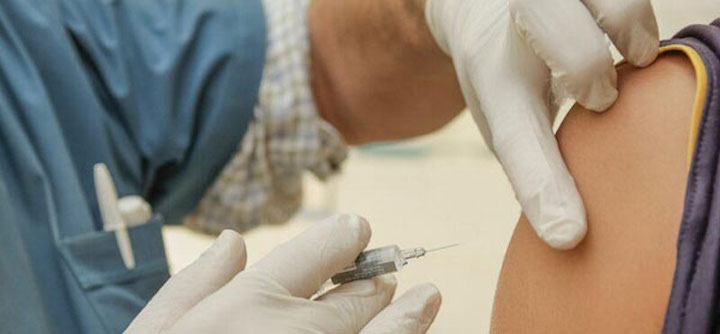






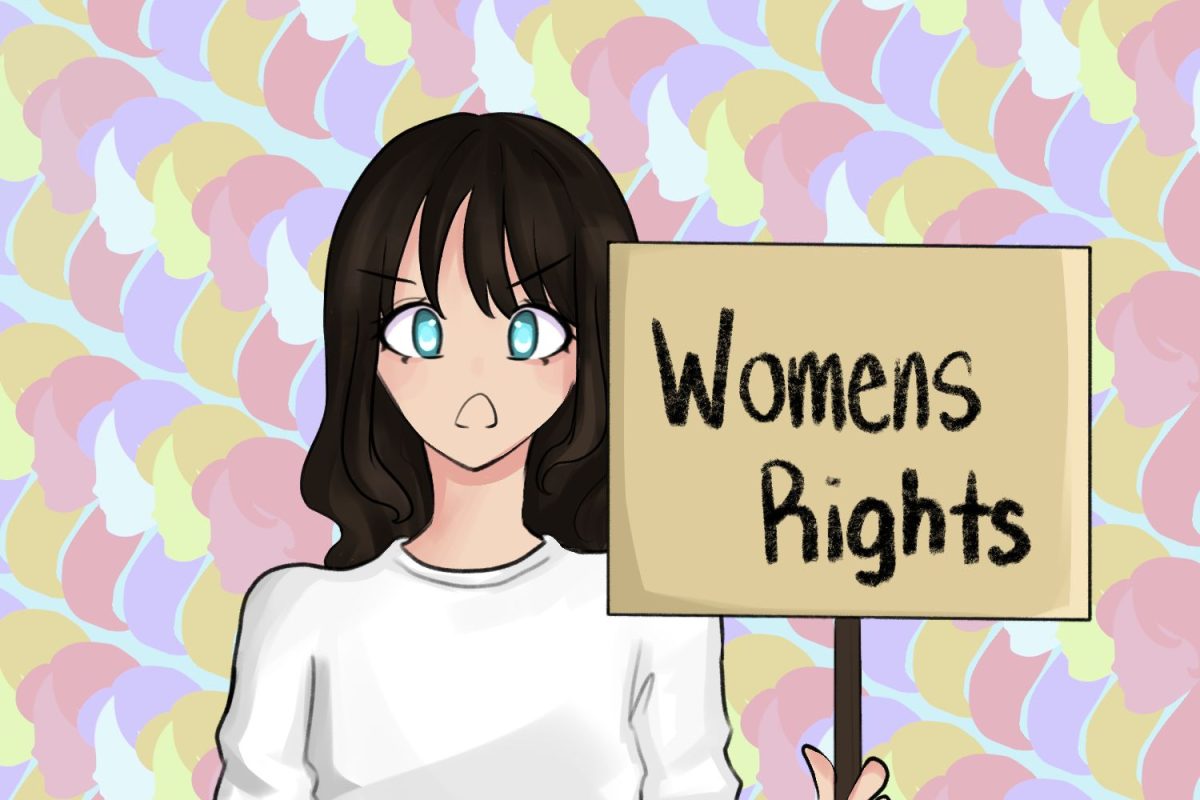
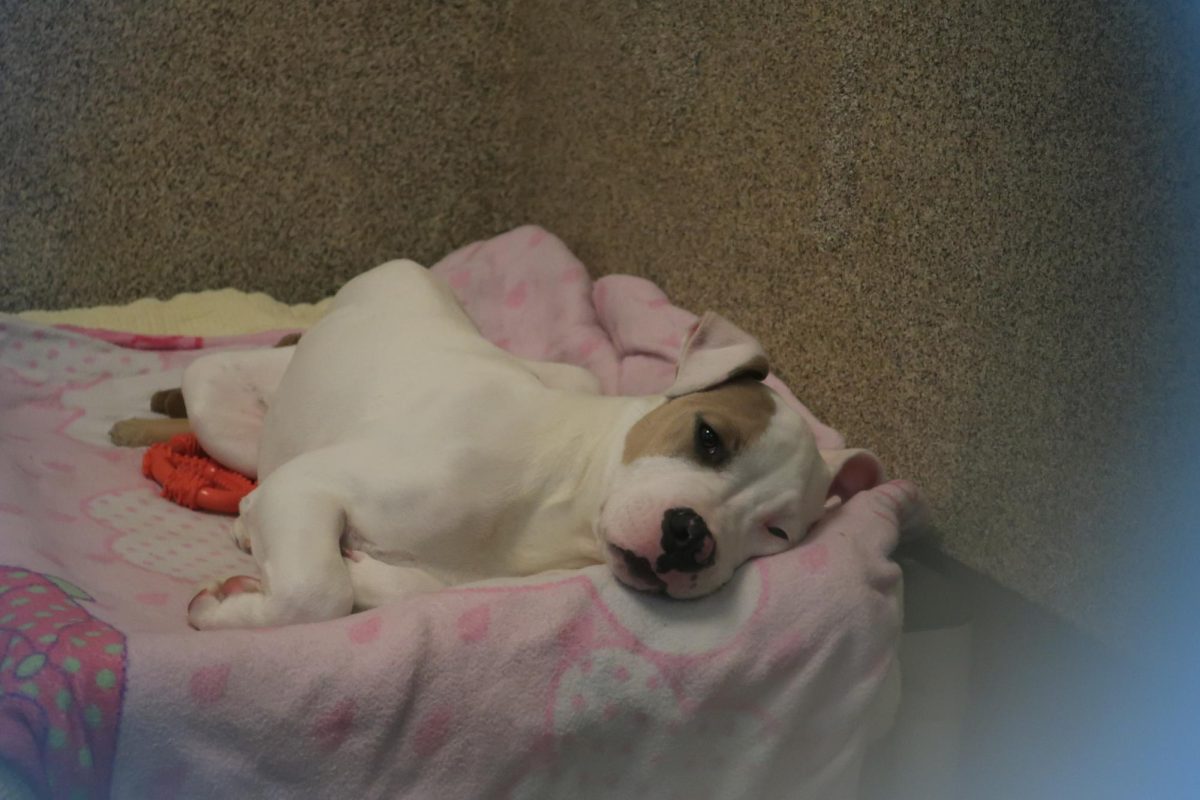

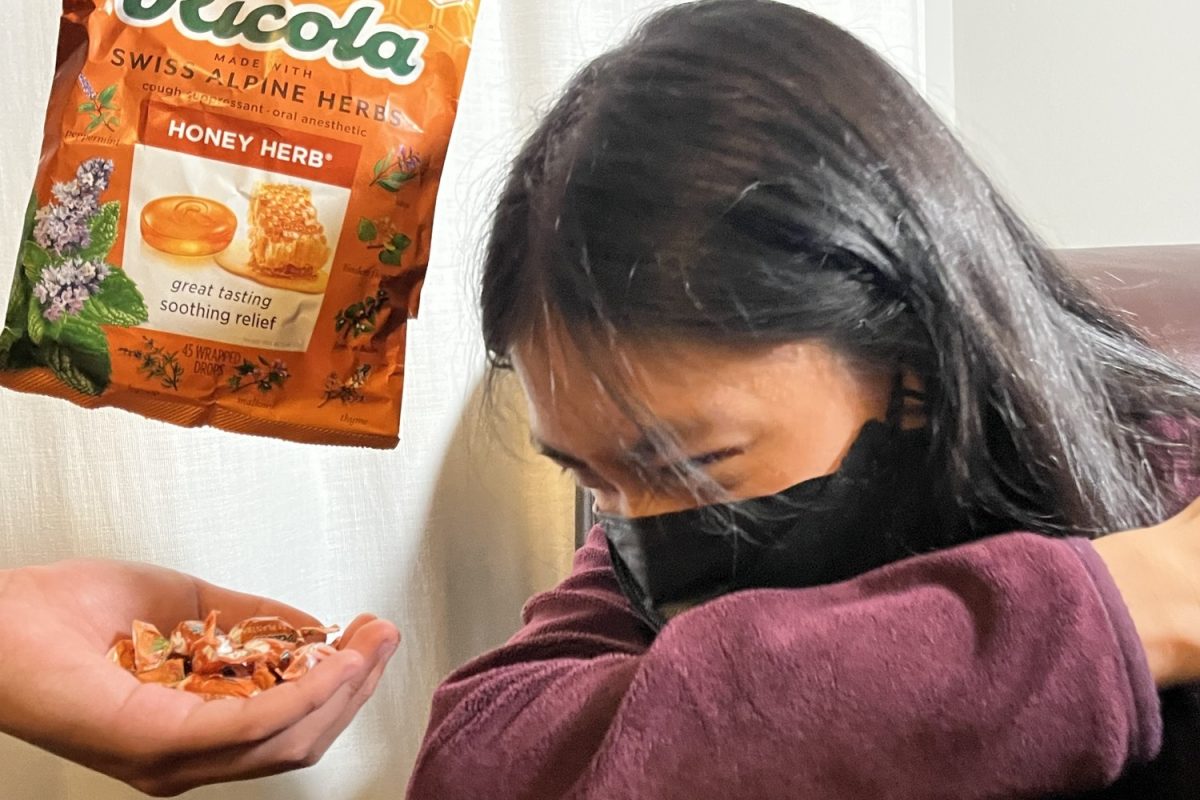
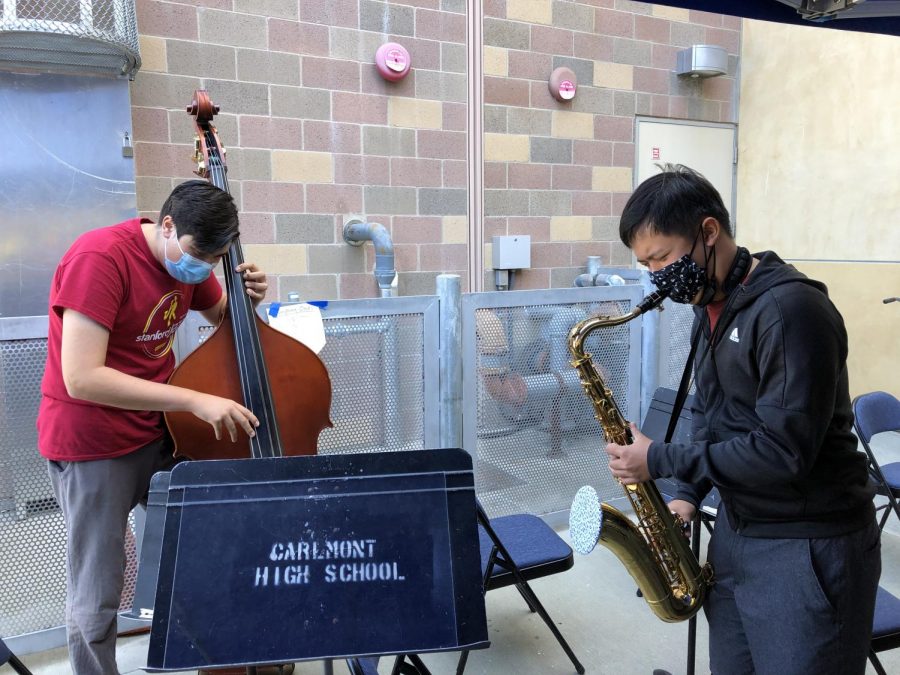
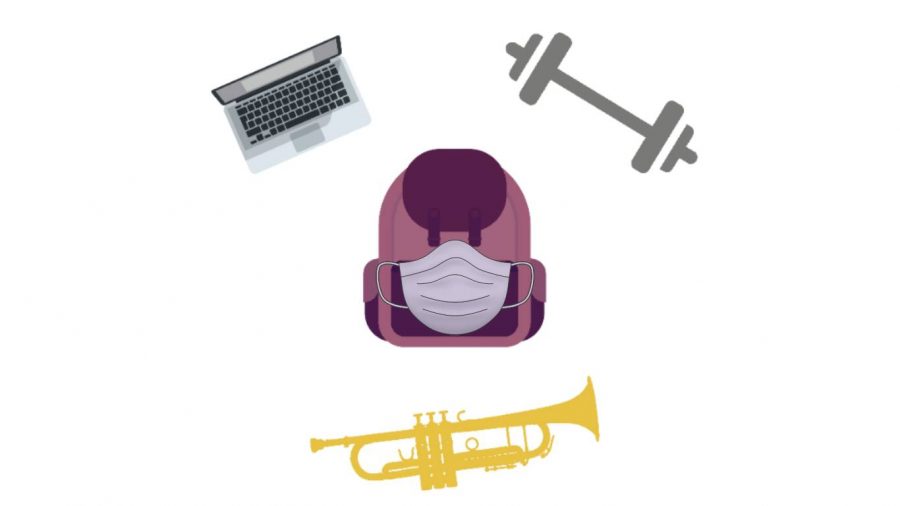
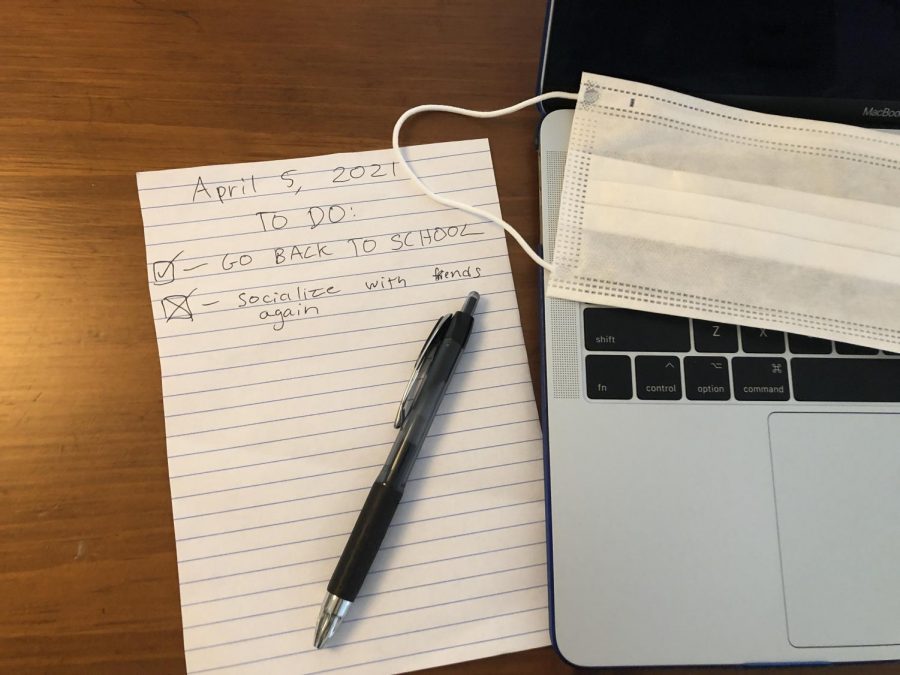
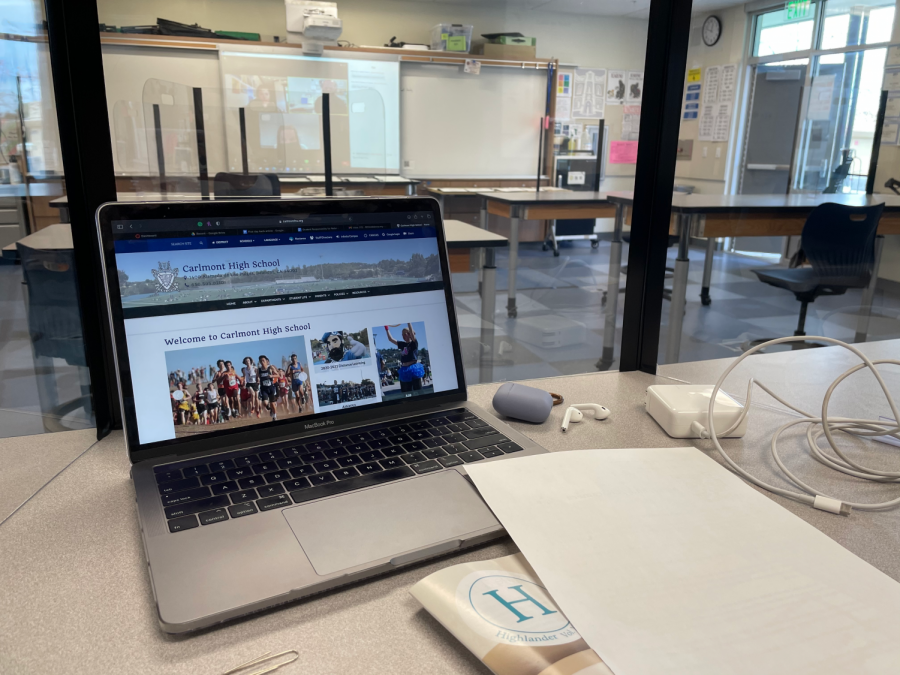
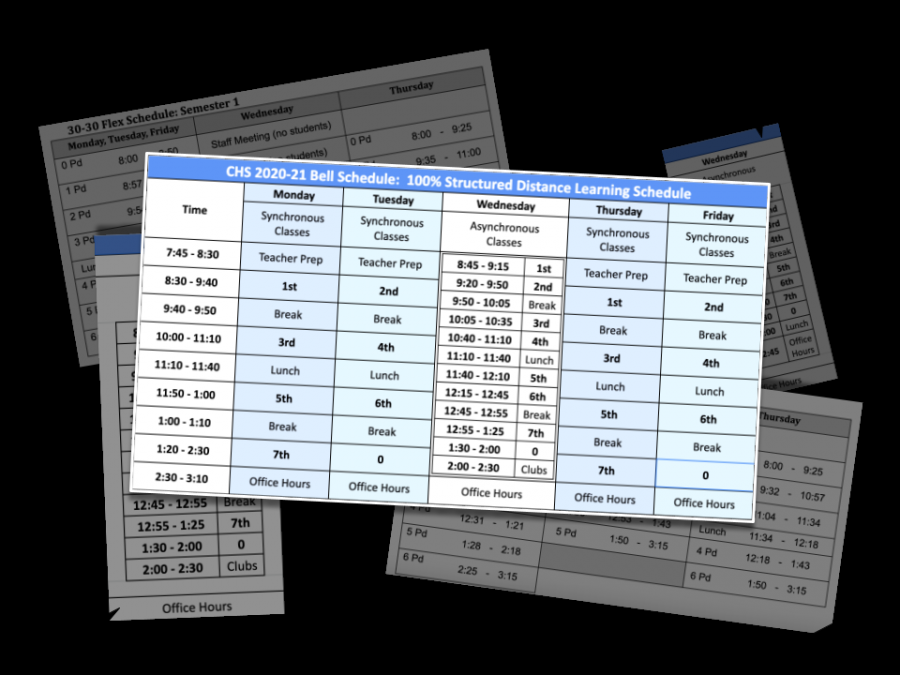
![One of the slides presented at the seminar shows how specific hallways will be designated as one-way or 2-way hallways. "In most cases, the one-way or one-directional hallway [is used] to minimize the crossing of students, but there are some hallways that are going to be two way," said Greg Patner, the administrative vice principal. "You can see some of those arrows are two-way arrows like near the football field, and then there's some that are one-way arrows to help students to navigate successfully around campus."](https://scotscoop.com/wp-content/uploads/2021/03/Screenshot-2021-03-17-4.14.19-PM-900x506.png)
